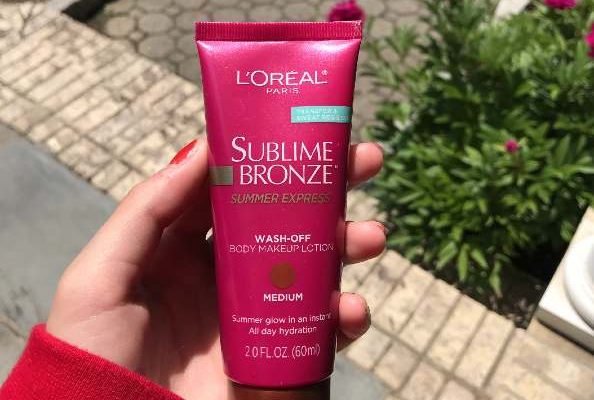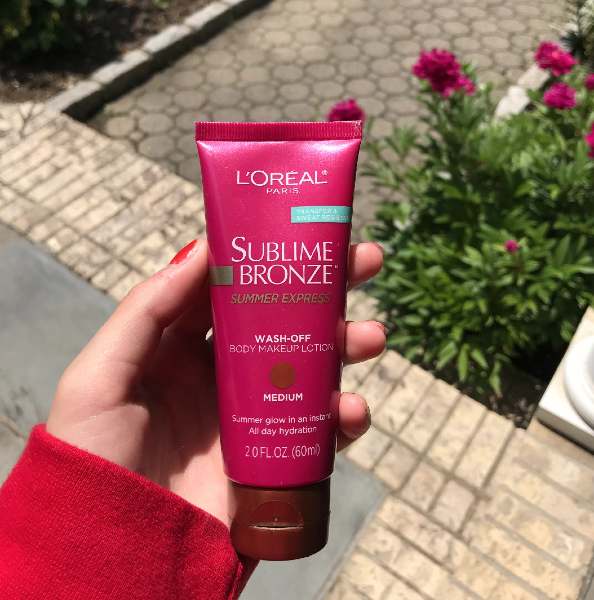Self -tanning is a well- known way of getting a sun-kissed glow. Both women and men tan through spray tans or just tan naturally. However a golden glow might not be all pros. When deciding whether or not to use a tanning bed to tan, it is very important to remember the health risks, as well as the potential health benefits.
Sure, tanning beds are a quick and easy way of setting a base tan before heading out to the beach to finish it off. Or, perhaps, getting a bronzer tone to even out a patchy tan. These are the thoughts that come to mind when thinking about tanning in a UV beds. But that deepened hue for your skin, might come at an expense.
When using a tanning bed, the potential risk of getting skin cancer is exponential. According to the U.S Food and Drug Administration, tanning in a tanning bed increases your risk of cancer. In fact, according research gathered by The Skin Cancer Foundation, up to a 75% increased risk for Melanoma.
The UV rays that normally cause the skin to tan in the tanning bed can also cause eye problems. Failure to wear goggles increases your risk of eye cancer as well, such as cataracts and photoconjunctivitis. Photoconjunctivitis is an inflammation of the cornea, the membrane that lines the inside of the eyelids and eye socket.
Adolescents, like Morgan Marchant, are wary of the dangers, but still want that just tanned look.
“I wish I was tan because summers coming up and it would look nice,” said Marchant. “I probably wouldn’t self tan, but if I did I probably would use a lotion.”
Use of tanning beds can cause a loss of elasticity skin, which leads to wrinkling. Excessive amounts of UV exposure can cause a drop in immunity, making the person more susceptible to becoming ill with infectious diseases.
Regardless of the risk of disease, the allure of being “sun-kissed” is hard for some to pass up.
“Right now I tan naturally but I have used self tanner before,” says freshman Gianna Routhier. “When I do self tan I use the tanning foam with the glove. Being tan makes me feel confident.”
According to the American Cancer Society for some people, the skin tans when it absorbs UV rays. The tan is caused by an increase in the activity and number of melanocytes, the cells that make the pigment melanin. Melanin helps block out damaging UV rays up to a point, which is why people with naturally darker skin are less likely to get sunburned, while people with lighter skin are more likely to burn
“I naturally tan, if there was a special event I would probably self tan but I wouldn’t do it daily” noted Adrianna Heeman. “When I am tan it makes me feel calm and relaxed. I would rather be tanner than white.”
Not only can tanning in tanning beds can be harmful, but so can being exposed to the sun itself. People with fair skin are more likely to get sun damage, but darker-skinned people, including people of ethnicity can also be damaged by the sun.
Sunburns can increase your risk of skin cancer, including melanoma. But UV exposure can raise skin cancer risk even without causing sunburn.
” I wish I could tan because I normally burn. I don’t think I would self tan in the future because it looks weird and non- realistic,” said Emily Ruhl.
One of the disadvantages of spray on self tan is that the color only last for a couple days and the longest about a week. The National Institutes of Health’s service “UptoDate” explains that the colorant, DHA, fades within a week in most people as dead skin cells are shed.
“I use the San Tropez self tanner from sephora and it works pretty well, you just need to know how to use it. Being tan makes me feel good and I’m happy with the way it came out. My self tanner usually lasts for about a couple days, ” says Dalal Hussein.
“I do both, I tan naturally and I use at home spray tan lotion,” says Sophomore Brooke Beard. “I normally use the Jergens lotion.”
Even though there is many health problems about tanning in the sun and tanning in tanning beds, there are also health benefits. There is a possibility that the use of tanning beds can increase your vitamin D level. However, normal exposure to the sun as well as consuming vitamin D through the diet is preferable. Some people may benefit from the radiation from the tanning beds. Those with dermatitis and psoriasis may find relief with medically supervised treatment with the UV rays. Self-treatment at a commercial tanning bed, however, it is not recommended.
While there are several mitigating factors that should guide you, being diligent about caring for your skin whether indoors or outdoors can save you from regret years from now.




















